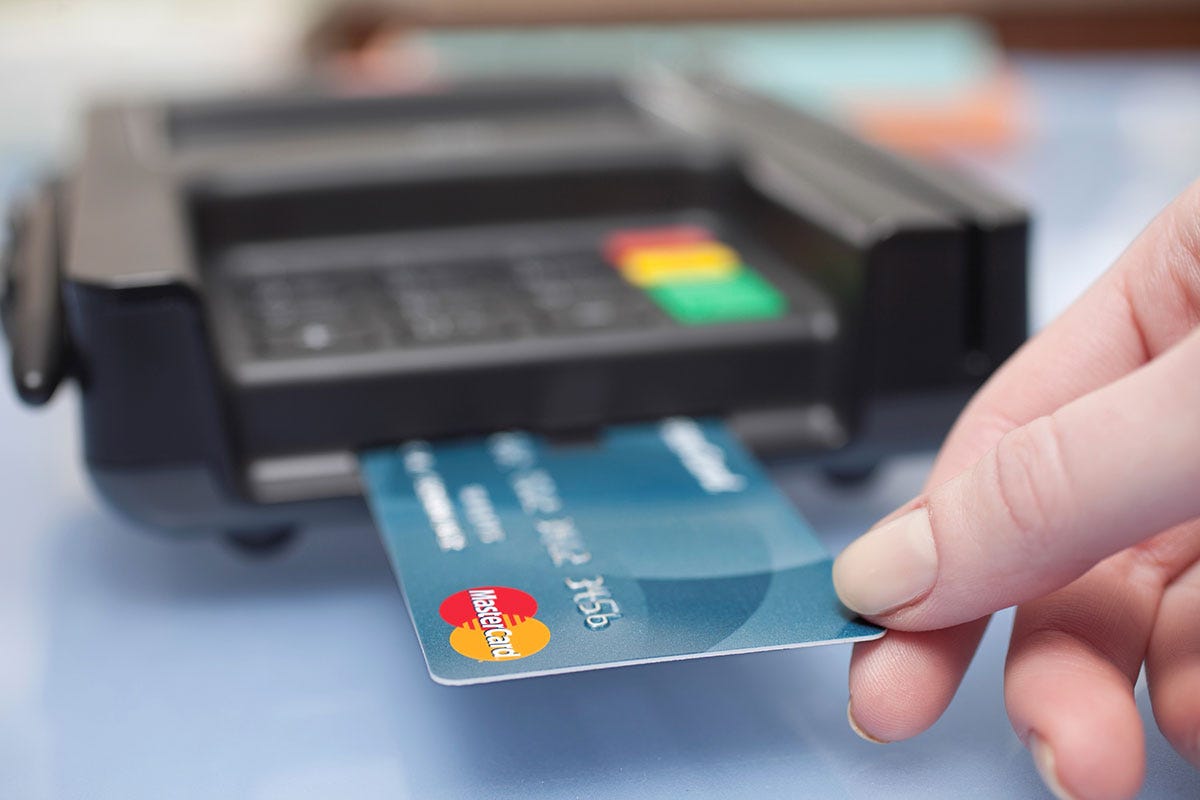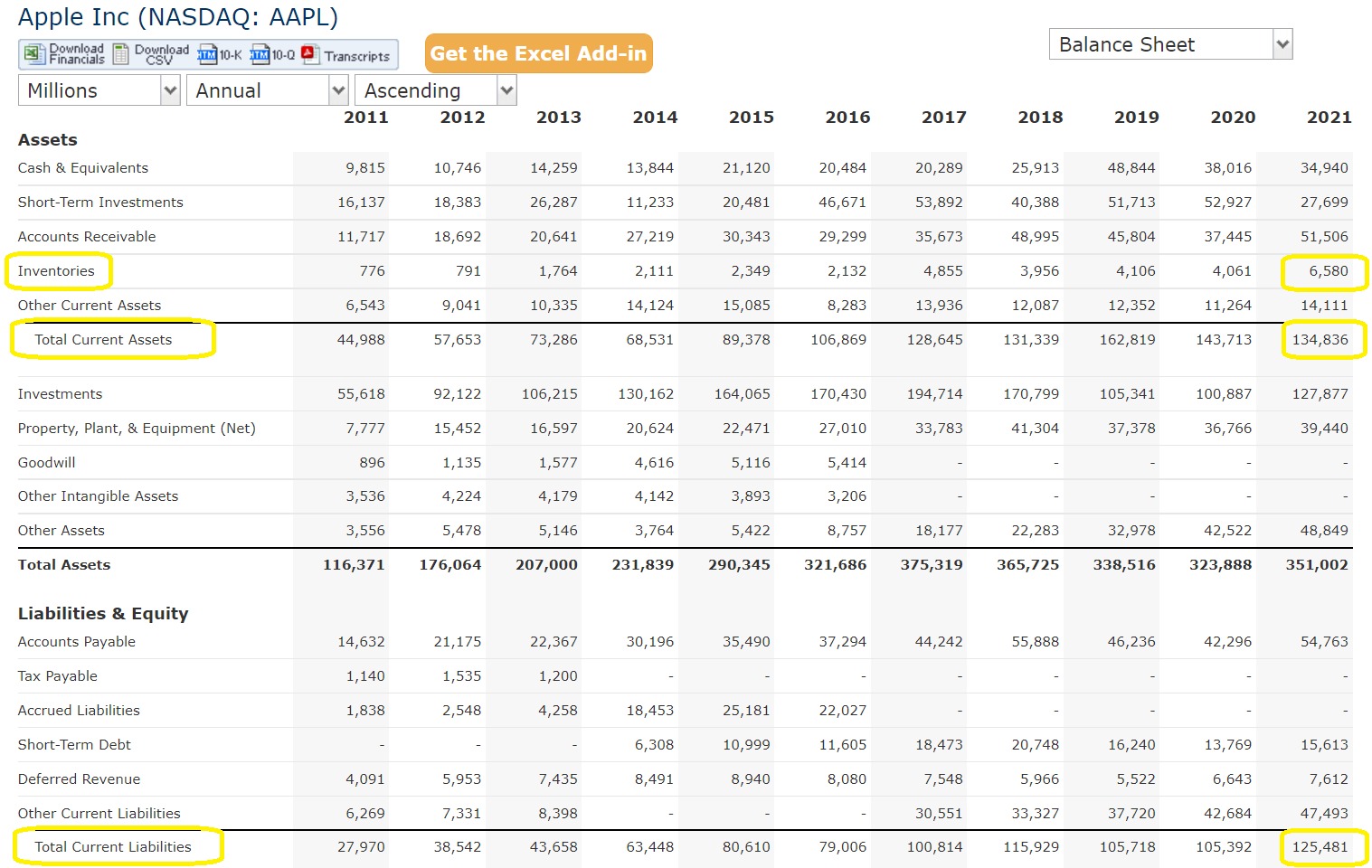Home>Finance>When Will EMV Chip Card Readers Be Available In All Stores


Finance
When Will EMV Chip Card Readers Be Available In All Stores
Published: March 6, 2024
Upgrade your financial security with EMV chip card readers. Find out when they'll be available in all stores and how they'll impact your transactions. Protect your finances today!
(Many of the links in this article redirect to a specific reviewed product. Your purchase of these products through affiliate links helps to generate commission for LiveWell, at no extra cost. Learn more)
Table of Contents
Introduction
The introduction of EMV chip card readers in stores has marked a significant advancement in payment security technology. EMV, which stands for Europay, Mastercard, and Visa, represents a global standard for credit and debit card transactions. Unlike traditional magnetic stripe cards, EMV chip cards contain a microchip that generates a unique code for each transaction, making it extremely difficult for fraudsters to counterfeit cards. This technology has been widely adopted in many parts of the world, but its implementation in the United States has been a gradual process, impacting both consumers and businesses.
The shift to EMV chip card readers has been driven by the need to enhance payment security and reduce the prevalence of card-present fraud. With the increasing sophistication of fraudulent activities, traditional magnetic stripe cards have become more vulnerable to exploitation. EMV technology offers a more secure and reliable alternative, providing greater protection for both consumers and merchants. As such, the transition to EMV chip card readers represents a crucial step in fortifying the payment ecosystem against fraudulent activities.
Benefits of EMV Chip Card Readers
The implementation of EMV chip card readers brings forth a multitude of benefits for both consumers and businesses. One of the primary advantages is the heightened security offered by EMV technology. Unlike magnetic stripe cards, which store static data that can be easily replicated, EMV chip cards generate a unique code for each transaction, making it significantly more challenging for fraudsters to clone cards or conduct unauthorized transactions. This advanced security feature provides consumers with greater peace of mind, knowing that their payment information is better safeguarded against fraudulent activities.
Moreover, EMV chip card readers contribute to a reduction in card-present fraud, thereby minimizing the financial losses incurred by businesses. The adoption of EMV technology encourages a shift towards more secure payment methods, deterring fraudsters from targeting establishments equipped with EMV-enabled terminals. As a result, businesses can mitigate the risks associated with fraudulent transactions and protect their revenue streams.
In addition to bolstering security, EMV chip card readers offer enhanced functionality and compatibility with contactless payment methods. Many EMV terminals are equipped to handle NFC (Near Field Communication) transactions, allowing consumers to make payments using their mobile devices or contactless cards. This seamless integration of contactless payment capabilities not only enhances the overall shopping experience for consumers but also positions businesses at the forefront of technological innovation, catering to the evolving preferences of modern consumers.
Furthermore, the widespread adoption of EMV chip card readers fosters global interoperability, enabling consumers to use their EMV chip cards across various international markets with greater ease. This interoperability streamlines the payment process for travelers and facilitates cross-border transactions, promoting convenience and accessibility in a globalized economy.
Current Status of EMV Chip Card Reader Implementation
The implementation of EMV chip card readers in the United States has been a dynamic and evolving process, characterized by a phased transition across different sectors of the payment industry. Since the EMV liability shift took effect in October 2015, there has been a concerted effort to upgrade point-of-sale terminals to accommodate EMV chip card transactions. While significant progress has been made, the widespread adoption of EMV technology varies across different types of merchants and industries.
Large big-box retailers and major chains were among the early adopters of EMV chip card readers, recognizing the pivotal role of enhanced security in safeguarding transactions and protecting consumer data. These establishments have largely completed the migration to EMV-enabled terminals, offering customers a more secure payment environment. However, smaller businesses, particularly those operating as independent retailers or local merchants, have encountered challenges in expediting the transition to EMV technology. Factors such as cost considerations, technical complexities, and resource limitations have contributed to the slower pace of adoption among these entities.
In the realm of payment processing, the integration of EMV chip card readers has become increasingly prevalent, with many payment service providers offering EMV-compliant solutions to merchants. This shift towards EMV-compatible processing has been instrumental in driving the adoption of EMV technology, as it empowers businesses to accept chip card payments and reinforces the security of transactions.
Despite the progress made in implementing EMV chip card readers, certain segments of the payment ecosystem, such as unattended terminals and fuel pumps, continue to face challenges in achieving full EMV compliance. The complexities associated with retrofitting or replacing these specialized terminals have posed logistical and technical hurdles, contributing to delays in the widespread deployment of EMV chip card readers in these contexts.
Overall, while the deployment of EMV chip card readers has gained momentum, there remains a need for continued collaboration and support to ensure that all merchants, regardless of size or industry, can effectively integrate EMV technology into their payment infrastructure, thereby fortifying the security of card-present transactions and advancing the overall resilience of the payment ecosystem.
Challenges in Implementing EMV Chip Card Readers
The implementation of EMV chip card readers poses several challenges for businesses and stakeholders within the payment industry. One of the primary obstacles is the financial investment required to upgrade point-of-sale terminals and payment processing systems to accommodate EMV technology. For small and medium-sized businesses, in particular, the cost of acquiring EMV-compliant hardware and software, coupled with potential infrastructure upgrades, presents a significant financial burden. This financial barrier has hindered the swift adoption of EMV chip card readers, especially for businesses operating on tight budgets.
Technical complexities also contribute to the challenges associated with implementing EMV chip card readers. Integrating EMV technology into existing point-of-sale systems and ensuring seamless compatibility with various card types and payment methods demand a thorough understanding of technical specifications and compliance requirements. This complexity can pose a daunting task for merchants and payment service providers, requiring dedicated resources and expertise to navigate the intricacies of EMV integration effectively.
Moreover, the transition to EMV chip card readers necessitates a comprehensive approach to training and education for merchants and their staff. Familiarizing employees with the operational aspects of EMV transactions, including card insertion and processing protocols, is essential to ensure a smooth and efficient transition. Inadequate training and awareness regarding EMV technology can lead to errors during transactions and hinder the overall customer experience, underscoring the importance of robust training initiatives as part of the implementation process.
Another notable challenge pertains to the complexities associated with retrofitting specialized terminals, such as unattended payment kiosks and fuel pumps, to accommodate EMV chip card transactions. The unique design and operational requirements of these terminals introduce additional technical and logistical hurdles, prolonging the timeline for achieving full EMV compliance in these environments. As a result, the integration of EMV chip card readers across all payment touchpoints remains a complex and ongoing endeavor, requiring tailored solutions to address the specific challenges posed by diverse terminal types.
Addressing these challenges demands a collaborative effort among stakeholders, including payment service providers, industry associations, and regulatory bodies, to facilitate the seamless adoption of EMV technology. By fostering a supportive ecosystem that addresses the financial, technical, and operational considerations associated with EMV chip card reader implementation, the industry can surmount these challenges and fortify the payment infrastructure against fraudulent activities.
Timeline for EMV Chip Card Reader Availability
The timeline for the availability of EMV chip card readers has been characterized by a phased approach, influenced by regulatory mandates, industry initiatives, and technological advancements. Following the EMV liability shift in October 2015, which transferred the responsibility for fraudulent transactions to non-EMV-compliant merchants, the payment industry embarked on a concerted effort to accelerate the adoption of EMV technology across various merchant categories.
In the initial stages of the transition, large retailers and major chains emerged as early adopters of EMV chip card readers, leveraging their resources and infrastructure to swiftly implement EMV-enabled terminals. This proactive approach not only fortified the security of transactions within these establishments but also set a precedent for the broader adoption of EMV technology across the retail landscape.
Subsequently, payment service providers and financial institutions played a pivotal role in driving the availability of EMV chip card readers by offering EMV-compliant solutions and incentivizing merchants to upgrade their point-of-sale terminals. This collaborative effort, coupled with ongoing educational initiatives, aimed to expedite the adoption of EMV technology and mitigate the risks associated with card-present fraud.
As the industry progressed, the availability of EMV chip card readers expanded to encompass a diverse array of businesses, ranging from small retailers to service providers and restaurants. While the pace of adoption varied across different merchant segments, the collective endeavor to enhance payment security through EMV technology continued to shape the timeline for widespread availability.
Despite the strides made in deploying EMV chip card readers, certain sectors, such as unattended terminals and fuel pumps, encountered challenges in achieving full EMV compliance within the initially projected timelines. The complexities associated with retrofitting specialized terminals and addressing industry-specific requirements necessitated a more nuanced approach to ensure the comprehensive availability of EMV chip card readers across all payment touchpoints.
Looking ahead, the timeline for EMV chip card reader availability is poised to align with ongoing advancements in payment technology and security standards. The industry’s commitment to fortifying the payment ecosystem against fraudulent activities, coupled with the evolving regulatory landscape, will continue to influence the trajectory of EMV technology adoption, ultimately contributing to the widespread availability of EMV chip card readers across diverse merchant environments.
Conclusion
The evolution of EMV chip card readers represents a pivotal advancement in payment security and technology, offering a myriad of benefits for both consumers and businesses. The heightened security features of EMV technology, including dynamic transaction codes and robust authentication mechanisms, have significantly bolstered the resilience of card-present transactions, mitigating the risks associated with fraudulent activities and enhancing consumer trust.
While the implementation of EMV chip card readers has encountered challenges, such as financial investments, technical complexities, and specialized terminal considerations, the collective efforts of stakeholders within the payment industry have propelled the availability of EMV technology across diverse merchant landscapes. The phased transition towards EMV compliance, driven by regulatory mandates, industry initiatives, and collaborative partnerships, has ushered in a new era of payment security, positioning EMV chip card readers as a cornerstone of secure and reliable transaction processing.
Looking ahead, the timeline for EMV chip card reader availability is poised to align with ongoing advancements in payment technology and security standards. The industry’s commitment to fortifying the payment ecosystem against fraudulent activities, coupled with the evolving regulatory landscape, will continue to influence the trajectory of EMV technology adoption, ultimately contributing to the widespread availability of EMV chip card readers across diverse merchant environments.
As the payment industry navigates the complexities of EMV chip card reader implementation, it is essential to prioritize comprehensive support for merchants, robust educational initiatives, and collaborative solutions tailored to address the unique challenges posed by different business models and terminal types. By fostering a supportive ecosystem that addresses the financial, technical, and operational considerations associated with EMV chip card reader implementation, the industry can fortify the payment infrastructure and uphold the integrity of card-present transactions.
In conclusion, the proliferation of EMV chip card readers signifies a transformative paradigm in payment security, underscoring the industry’s commitment to advancing secure and seamless transaction experiences. As EMV technology continues to permeate the payment landscape, its widespread availability will not only fortify the security of card-present transactions but also foster global interoperability, innovation, and consumer confidence, heralding a new era of trust and resilience in the realm of electronic payments.














